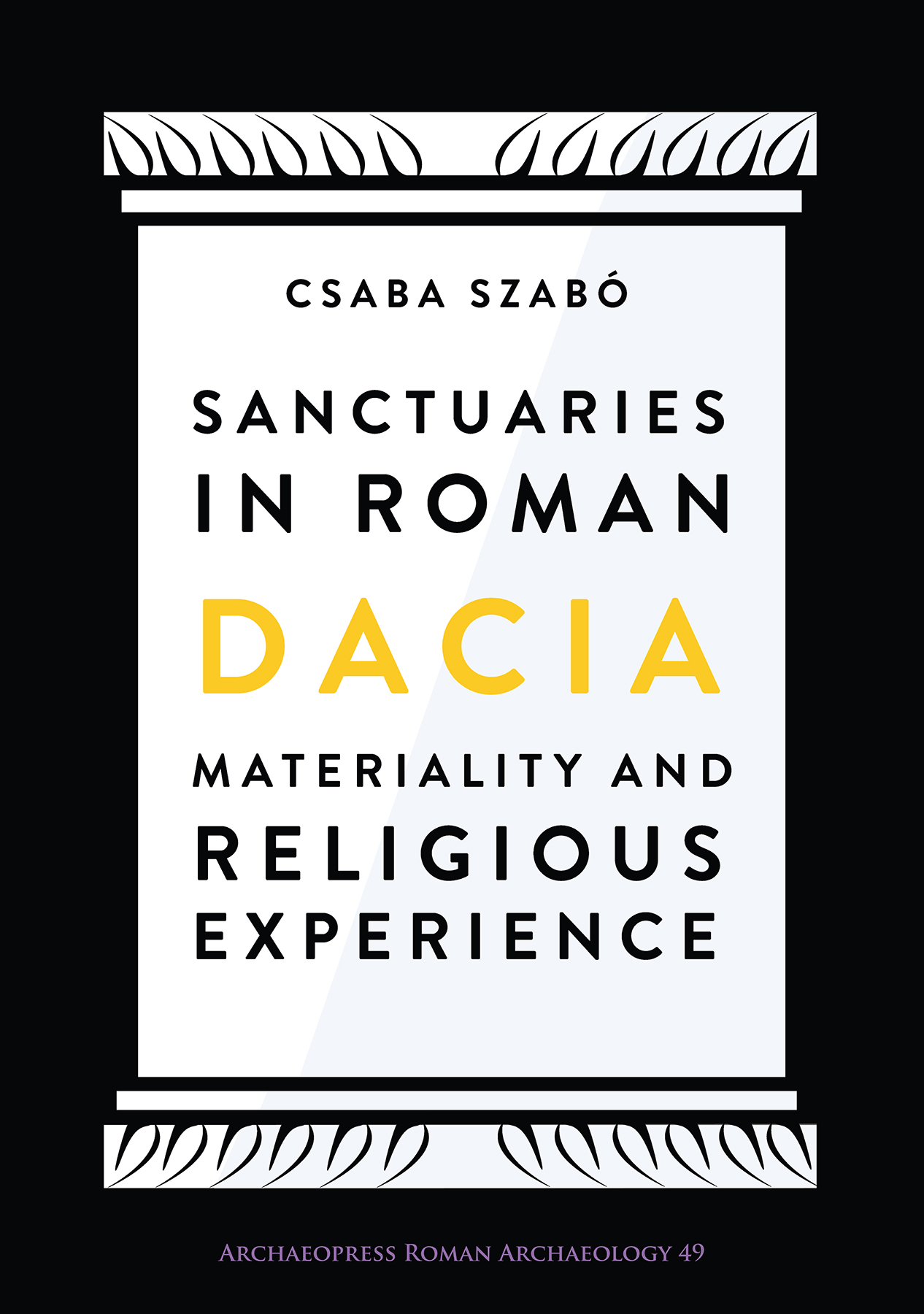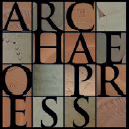
Publishing Scholarly Archaeology since 1997

Download Sample PDF
H 290 x W 205 mm
254 pages
Illustrated throughout in colour and black & white (54 plates in colour)
Published Nov 2018
ISBN
Paperback: 9781789690811
Digital: 9781789690828
Keywords
Sanctuaries; Roman Dacia; Romania; Lived Ancient Religion; Archaeological Theory
Archaeopress Roman Archaeology 49
Sanctuaries in Roman Dacia
Materiality and Religious Experience
By Csaba Szabo
Paperback
£40.00
Includes PDF
PDF eBook
(personal use)
£16.00
PDF eBook
(institutional use)
£40.00
This book focuses on lived ancient religious communication in Roman Dacia. Testing for the first time the ‘Lived Ancient Religion’ approach in terms of a peripheral province from the Danubian area, this work looks at the role of ‘sacralised’ spaces, known commonly as sanctuaries in the religious communication of the province.
Contents
I. Introduction; II. Sacralising the space in urban context; III. Sanctuaries and networks in military settlements: Porolissum and Praetorium; IV. sacralised spaces in the countryside; V. Beyond Lived Ancient Religion in Dacia; VI. Annexes: Sanctuaries of Roman Dacia; VII. Összefoglaló; VIII. Bibliography
About the Author
CSABA SZABO (1987) is an assistant lecturer at the University of Lucian Blaga, Sibiu (Romania). After finishing his undergraduate studies in Cluj-Napoca in 2012, he studied at the University of Pécs and the Max Weber Kolleg, Erfurt as member of the Sanctuary Project. His current research is focusing on Roman religious communication and space sacralisation in the Danubian provinces, history of archaeology in Transyslvania, and public archaeology in Romania.Reviews
‘This is a valuable book, offering knowledge of Dacia and the religious life of the province and will certainly be useful to all those who are interested in the history of Dacia and Roman religion.’ [translated] – Ljubica Perinić (2019): HRČAK
‘Based on an in-depth knowledge of the historiography specific to Roman Dacia and its pitfalls and taking into account very recent discoveries, the work will render valuable services to researchers interested in the history of Dacia or the Roman religion.’ [translated] – Françoise Van Haeperen (2020): Bryn Mawr Classical Review
‘The paper aims to create a dialogue between several disciplines, and in particular, the study of religious cults using as a case study different settlements in Dacia. It is one of the first steps of this kind and is a relevant study in this field. It offers a multitude of clear examples and explanations, which makes it possible to use this methodology on other sites in the Roman Empire.’ [translated] – Bianca Olteanu (2020): Cercetări Arheologice
‘…Sanctuaries in Roman Dacia opens a fresh insight into the materiality of religious practices in Roman Dacia and, on a more general level, highlights the value of sacral monuments as sources for the social and economic history of the Roman provinces.’ – Damjan Donev (2020): American Journal of Archaeology
‘Szabó’s book is an important contribution to the religious history of Roman Dacia. Readers interested in provincial religion will find here a wealth of relevant source material and a number of valuable observations. The book also shows how the detailed analysis of archaeological and epigraphic remains from a Roman province can be combined with the theoretically informed study of the history of ancient polytheism. It is to be hoped that many further studies will follow Szabó’s lead.' – Péter Kató (2021): Historical Studies on Central Europe

 Add to wishlist
Add to wishlist
